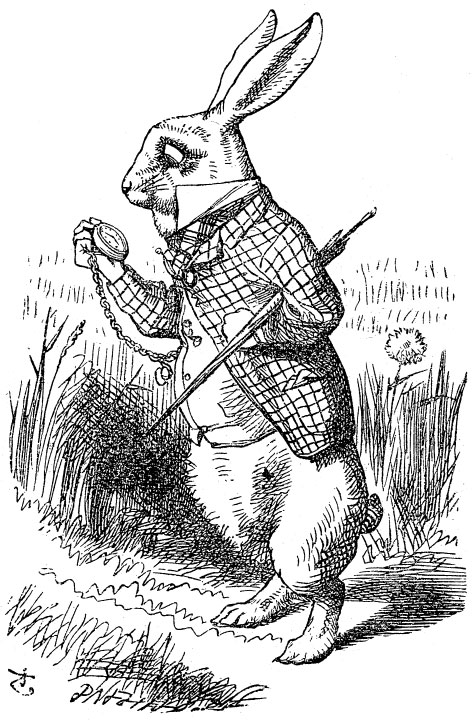Fighting seems to be the most primitive and natural means of settling conflict. It is often said that a person feels the need to engage in some sort of physical violence when they do not have enough skill in language to express their anger verbally. But just as a picture has the ability to speak a thousand words so does a clenched fist. Since fighting is something so innate in human kind and it normally involves very little dialogue, it ends up translating quite legibly into film. Even though physical confrontation is not often acceptable in day-today life, it seems to be much more acceptable for characters to act out violently in movies. This could be because on screen brawls normally translate in a way that is universally understood. The fight as a universal symbol of communication is especially prevalent in Akira Kurosawa’s Seven Samurai (1954) and the films it inspired John Sturges’s Magnificent Seven (1960) Ramesh Sippy’s Sholay (1975). Interestingly enough even though all of these are drawn from the same source, the conflict in each of these is portrayed quite differently.
The fight scenes in the film Samurai Seven seem to be so reminiscent of traditional Japanese culture. In one of the films opening scenes the viewer is presented with a scene that sets the bar for how we should view the samurai for the rest of the film; one of the seven samurai, Kyūzō, is seen dueling with a man. While the fights intentions initially seem to be for sport, Kyūzō’s challenger insists that if the match were being fought with real swords that he would surely win. After Kyūzō calmly remarks that his sword would kill him, his opponent challenges him to a real duel. He is promptly killed at the hand of Kyūzō’s skilled sword. This scene is done rather beautifully. The symmetry within the shot is enhanced by the films black and white aesthetic. As the two men battle, we are plagued by the silence that alludes to the death of Kyūzō pompous adversary. The only sounds we here are the pitter patter of their feet as they approach one another and the occasional grunt on behalf of the deceased. One strike from Kyūzō’s sword and the man fell silently to his death. I feel like the respect that the two men had for one another, even during this battle was something so connected with Japanese culture and history. Moreover, it creates a sharp contrast between the way combat is portrayed here and its spawn that came a mere six years later, The Magnificent Seven.
The first distinction I made between the fight scenes in Seven Samurai and Sholay lie in their individual mise en scène. For one, The Magnificent Seven has a much more modern aesthetic despite only coming four years after Kurosawa’s film. Further, its worth noting that the films color as opposed to black and white somewhat changes the tone of the movie. This ultimately gives the viewer the sensation that are watching an old western film which in conjunction with its orchestral score gives us a more relaxed feel even if the most tense of scenes. Their settings vary greatly which also changes the over all feel of the movie and how the viewer is expected to be affected by the action. While in Seven Samurai the fights are normally handled in the most dignified of manners on the Samurai’s behalf the battles is much less realistic and tense. For instance when one of the seven, Chris Adams, shoots town intruders in the arm, the man barely emotes when he is struck by the bullet. Obviously, the scene would be much more gruesome in real life. However, I feel that this illusion is set up not to depict reality like in Samurai Seven but to introduce a heroic illusion of the seven from the very beginning. Further, it also seems that even though the conflict is parallel in both films the way they are enacted physically is very different. In Seven Samurai the fight are a lot more focused and serious whereas in Magnificent Seven the fights appear to be much more theatrical. Sholay takes the theatrical element a step further not just throughout the piece but in a way that is specifically visible in their combats.
Sholay has quite a few vibrant and exciting moments; we are stimulated visually at moments like the festival of colors and our thirst for adrenaline is satisfied by a battle breaking out on the train. The battle between Veeru, Jai and Thakur Baldev Singh and those terrorizing them was so much more action packed. Moreover, it is the first of the three to incorporate modern movement in and how a fight in motion could be toyed with. The fight on the train is just so poignant because it sets up an interesting dichotomy between those on the train and those mounted on hourseback. Further, we see Jai and Veeru prove themselves worthy fighters in the film and as warriors to be feared.
-johanna
Wednesday, November 11, 2009
Subscribe to:
Post Comments (Atom)


No comments:
Post a Comment